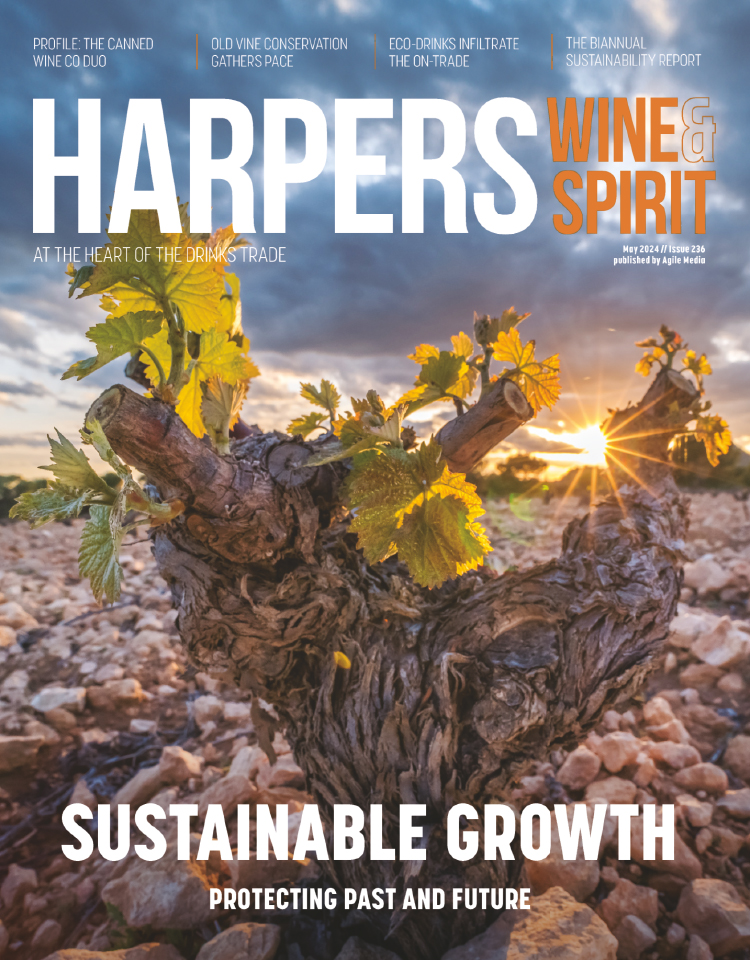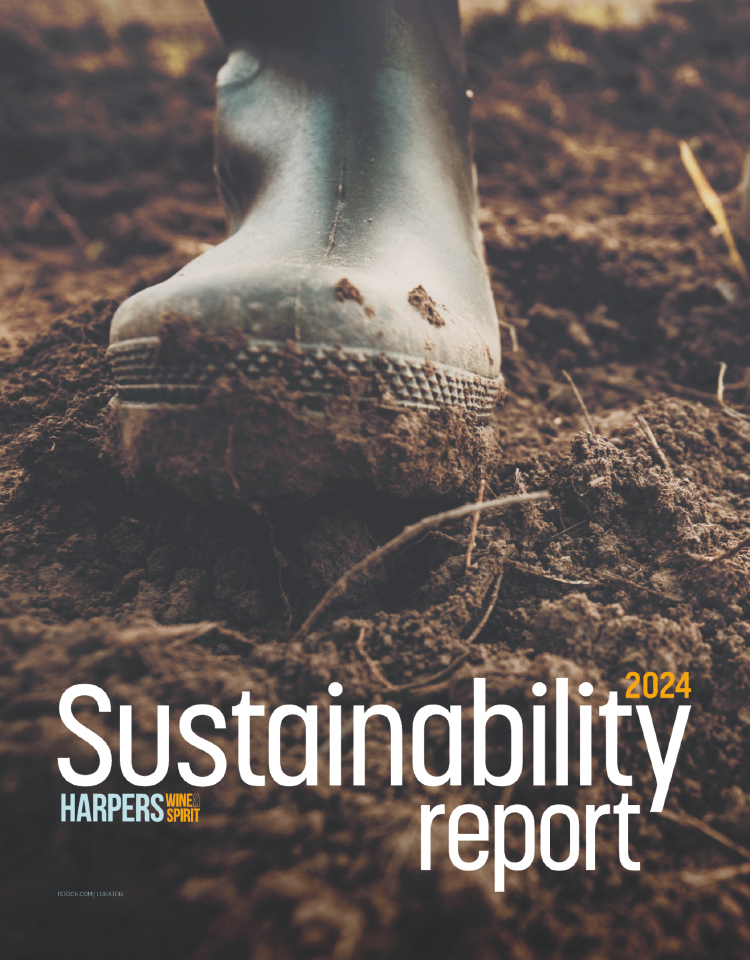
Craft beer and Prosecco in 2017: Will their bark be worse than their bite?
The epic rise of craft beer and Prosecco are the two major success stories of recent times, but one market analyst has suggested that 2017 could offer a reality check for the two juggernauts as they struggle to keep up with projections.
The epic rise of craft beer and Prosecco are the two major success stories of recent times, but one market analyst has suggested that 2017 could offer a reality check for the two juggernauts as they struggle to keep up with projections.
Looking to what's in store for the two categories, Toby Magill, IRI's head of beer, wine and spirits insights, said: "Prosecco will continue to grow, but rates will fall. We will also see retailers start to look for what is next in sparkling wine.
"'Craft' will continue to be a dominant trend, however its impact in terms of off-trade sales will be limited and its PR bark will be much bigger than its sales bite.
"There will be an increased focus on beer as manufacturers look to see what the arrival of Asahi as a major player in the UK is. Also as the major international brewers reduce their focus on cider, their attention will naturally drift back to their heartland of beer."
Magill also predicts that 2017 could be the year that the presence of the big beer manufacturers in cider wane as the sector shifts focus to brands with more heritage.
"I also expect a reduction in the number of fruit ciders as retailers realise they can stock a few star performers and save space on the rest," he said.
In terms of retail, convenience stores and online shopping will continue to morph and change as retailers try to keep up with consumer demand for different - and streamlined - shopping experiences.
"There will be a general fragmenting on the retailer landscape as power continues to transfer to the shopper to get what they want, when they want it," Magill predicts.
"More and more it will be important for manufacturers and retailers to be able to flex their range by channel, retailer, time of year, macro and micro region (e.g. urban vs suburb vs. rural) to make sure they have the right products in the right place at the right time. The era of universal plans focusing on big box retailers is over."






